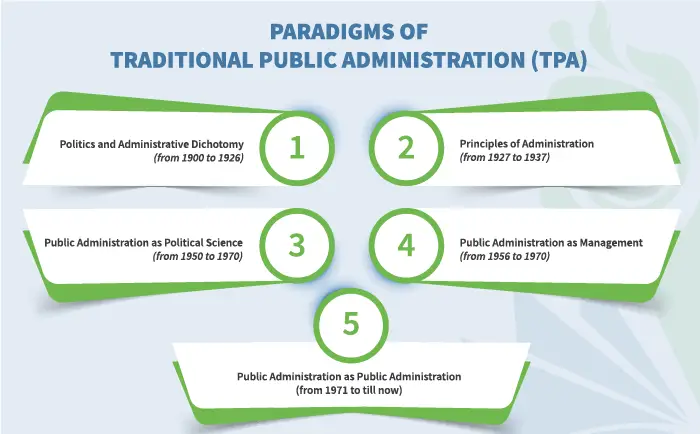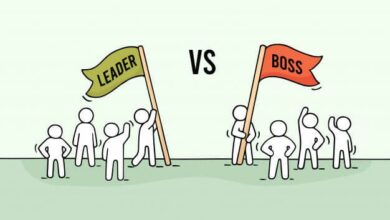Difference between Cabinet and Cabinet Divisions/Council of Ministers
The Prime Minister is the chief advisor of the President. He/She heads the Cabinet Division or Council of Ministers and also takes decisions to become cabinet members. The Council of Ministers or Cabinet Division is divided into various types. The types are the Minister of State, Cabinet, Parliamentary Secretaries, and Deputy Minister based on political importance and seniority. However, there described the difference between cabinet and cabinet divisions or the council of ministers.
It is quite common that people interchange the terms Cabinet and Cabinet Divisions or Council of Ministers. And it uses it as if they are the same thing. The cabinet has consisted of all the senior ministers.
The difference between cabinet and cabinet divisions or councils of ministers lies in various things. Examples are composition, body, size, power, policymaking, functions, decisions, responsibility, etc.
Read more: Difference between Qualitative and Quantitative Research.
Comparison Chart of Difference between Cabinet and Cabinet Divisions or Council of Ministers:
There is shown an important comparison chart of the differences between cabinet and cabinet divisions or the council of ministers. Such as:-
| Comparison | Cabinet Divisions or Council of Ministers | Cabinet |
|---|---|---|
| Definition | The Council of Ministers or Cabinet Divisions is the body that is advised by the President on various things and is formed to assist the Prime Minister (PM) in running the Government. | The Cabinet is the small body of the Council. It comprises the most experienced and influential members formed to discuss and decide the policies of the government. |
| Composition or Size | It consists of a large number of ministers. | It consists of a small number of ministers. |
| Body | Constitutional Body | Formerly, it is not a constitutional body; but run by Acts. |
| Division | The Council of ministers or cabinet division is divided into four categories. | It is a part of the council. |
| Collective function | No collective functions | Several collective functions |
| Meeting | Rarely held. | Frequently held |
| Decision | Implements the decisions taken by the cabinet. | Takes policy decisions and supervises its implementation. |
| Policy Making | Not performed by the council. | Performed by cabinet |
| Power | Vested with all the powers, but in theory. | Exercises powers and acts on behalf of the council. |
| Responsibility | Collectively responsible | Enhance collective responsibility |
Read more: Difference Between Management and Administration
Read more: Difference between Bureaucratic and Participatory Management
Definition of Cabinet:
The Cabinet is the core of the Cabinet Divisions or Council of Ministers. Its size consists of 15-18 members. But it varies on the country, who are the most senior and the most effective ministers of the council. Prime Minister (PM) along with the cabinet ministers deliberate and decide various policies of national governance.
Generally, the cabinet ministers hold key portfolios like Home, Defense, Atomic Energy, External Affairs, and Petroleum. The prime minister selects them with much care, as the cabinet ministers jointly form the nation’s central decision-making authority. The chairmanship of the Prime Minister has held the cabinet meetings once a week and, in the case of necessity, more than once a week and even in a day. It is not the council of ministers who advise the President, but the Cabinet.
Read more: Difference between Development Administration & Traditional Public Administration
Definition of Cabinet Divisions or Council of Ministers:
The President appoints the Prime Minister from the coalition or majority party. The President has exercised his powers on the suggestions and recommendations of the Council. The Minister of State, Cabinet, Parliamentary Secretaries, and Deputy Minister; are the four classifications.
The Prime Minister is the chief of the cabinet divisions or council of ministers. He/she determines the composition and size and also allocates portfolios and ranks to the ministers. Additionally, the Parliament defines the Ministers’ allowances and salaries of the cabinet divisions or council of ministers.
At the discretion of the President, the members of the council hold office. Collective responsibility depends on the ‘solidarity notion.’ The whole cabinet division may be down from a single vote of no confidence against a minister. Hence, the support of the majority is a must for the cabinet divisions or council of ministers. And they can be removed and replaced by the new cabinet divisions or council of ministers if they lost confidence. Likewise, he/she has to accept the decision or resign if the cabinet is in disagreement regarding a policy or decision.
Read more: Difference Between Private and Public Administration.
Key Difference between Cabinet and Cabinet Divisions or Council of Ministers:
The following key points are substantial, and indicates the difference between cabinet and cabinet divisions or council of ministers:
- In the first key point of the difference between cabinet and cabinet divisions or council of ministers, the Prime Minister (PM) is distributed the ranks and portfolios to the ministers. In such a way, the Council is classified into various types of ministers. At the same time, the cabinet is part of the cabinet divisions or council of ministers.
- The Council of Ministers or Cabinet Divisions is the body that is advised the President on numerous matters. It is formed to assist the Prime Minister (PM) in running the Government. The Cabinet is the small body of the Council. It comprises the most experienced and influential members formed to discuss and decide the policies of the government.
- The cabinet divisions or council of ministers implement the decisions of the cabinet. On the contrary, the cabinet takes decisions on relevant policies and monitors. It implements the cabinet divisions or council of ministers.
- The cabinet consists of a small number of members, which comprise senior-most ministers. Conversely, the minister’s council is a bigger body, consisting of many members than the cabinet.
- The cabinet meetings are frequently held to take decisions and to discuss various matters. Against this, the meetings of the council of ministers are rarely held.
- In this key point of the difference between cabinet and cabinet divisions, the policy makes the Cabinet. And it doesn’t happen by the cabinet divisions or council of ministers.
- The council of ministers does not have collective functions, while the cabinet has several collective functions.
- In the perspective of constitutional law, the Council of Ministers or Cabinet Divisions contains all power. But the Cabinet actually exercises these powers. This is the final key point of the difference between cabinet and cabinet divisions or ministers’ councils.
Read more: Columns vs Rows
Conclusion:
The Prime Minister (PM) leads both cabinet and cabinet divisions/council of ministers. The cabinet divisions or council of ministers advise the State person or President. Butin practically, it is the cabinet who does so. These are two different important bodies that help the government of the country to function smoothly. The difference between cabinet and cabinet divisions or council of ministers shows here.





